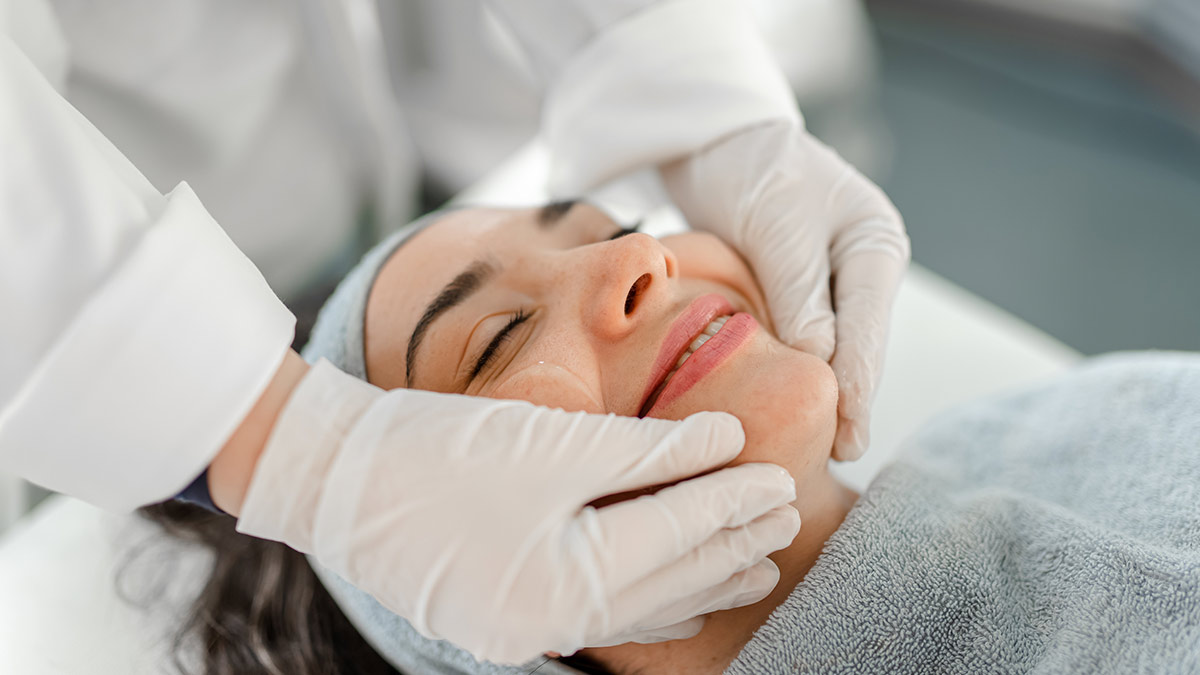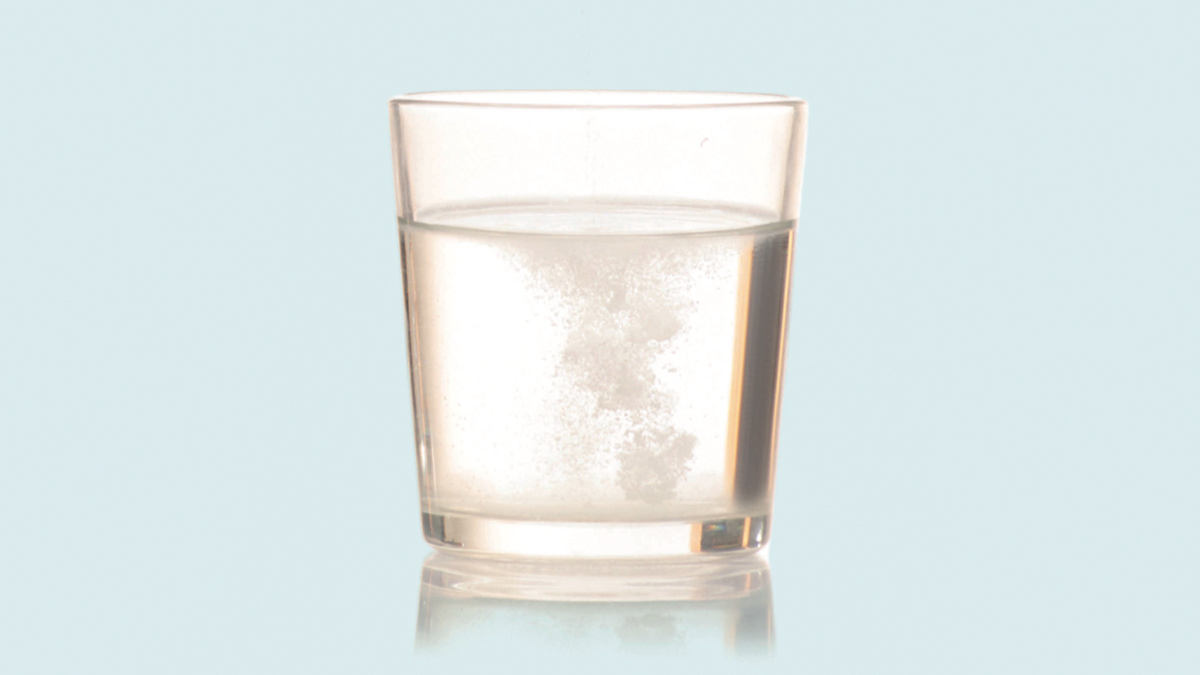Ciara Gavin presents a clinical overview of the characteristics of migraine, its effect on a patient’s quality of life and how the pharmacist can help to alleviate the symptoms
Migraine is a chronic, genetically-determined, episodic neurological condition.1,2 About one-third of migraine sufferers experience transient neurological symptoms, known as auras — this group are referred to as ‘migraine with aura’ or ‘MA’,1 although aura can occur without headache.2
Migraines, although complex, are considered a common neurological condition.3 The World Health Organisation classified migraines as the seventh-most disabling disease worldwide, the fourth for women, and the sixth-highest cause of years lost due to disability worldwide.3,4 As this statistic shows, female gender is a risk factor for migraines. Other risk factors include family history of migraine, high caffeine intake, and stress.2,5
Migraines can have the following features:6
- The pain can be located as unilateral or bilateral.
- The pain can be described as ‘pulsating’.
- The intensity of the pain a person feels is considered moderate or severe.
- The pain is aggravated by routine activities of daily living.
- Usually, the patient will complain of sensitivity to light and/or sound, nausea and/or vomiting.
- A migraine headache typically lasts four-to-72 hours in adults.
- Can be episodic (occurring less than 15 days per month), or chronic (equal to or more than 15 days per month for more than three months).
Migraines with aura6 include visual symptoms such as flickering lights, spots or lines and/or partial loss of vision; sensory symptoms, such as numbness and/or pins and needles; and/or speech disturbance.
Symptoms can occur with or without headache. These symptoms are:
- Fully reversible.
- Develop over at least five minutes.
- Last five-to-60 minutes.
Some women are affected by menstrual –related migraine.6 These migraines predominantly occur between two days before and three days after the start of menstruation in at least two out of three consecutive menstrual cycles.2,6
Acute treatment
Treatment options remain the same, whether treating a migraine with or without aura.
Combination therapy consisting of:
- Oral triptan + an NSAID6,7,8 (NSAID options include: Aspirin, ibuprofen 300-400mg up to four times a day, naproxen 500mg up to twice a day, diclofenac 50-to-75mg maximum of 150mg in 24 hours).
- Oral triptan + paracetamol.6,7
- For patients who prefer monotherapy, then consider treatment with an oral triptan alone, NSAID, aspirin or paracetamol.6,7
- Patients should consider an antiemetic in addition to other treatment, even in the absence of nausea and vomiting.6 Antiemetics are considered for their nausea and/or for the prokinetic effect, such as: Domperidone 10mg up to three times a day; Metoclopramide 10mg up to three times a day; or prochlorperazine 3-6mg as a buccal preparation (max 12mg/day) — unlicensed.7,8
- Do not offer ergots or opioids for the acute treatment of migraine.6
- For those who cannot tolerate oral preparations for the treatment of acute migraine, consider:
- Non-oral preparation of metoclopramide or prochlorperazine6 and a non-oral NSAID or triptan.6
Triptans
Triptans are 5HT 1B/1D receptor agonists. Their action is due to vasoconstrictive effects on blood vessels.7 There are seven triptans available in Ireland — these are: Almotriptan, eletriptan, frovatriptan, naratriptan, rizatriptan, sumatriptan, and zolmitriptan.7,8
Triptans should be used at the start of the headache phase of a migraine, as there is no evidence of efficacy if taken during the preceding aura.7 Triptans can be associated with overuse headaches and therefore are reserved to be used no more than two days a week and no more than 10 days per month.2,7
The choice of triptan to use is dependent on cost, route, formulation available and patient-dependant factors. Patients’ response to triptans is a key factor; some patients may experience recurrence headaches within 24-to-48 hours and respond to a second dose, while others respond better to change in formulation.2,7
Example scenarios:
Patients suffering early nausea and vomiting may benefit from treatment with non-oral triptan formulations, such as:7
- Sumatriptan nasal spray 10mg, or
- Zolmitriptan 5mg nasal spray, or
- An orodispersible triptan formulation, such as zolmitriptan 2.5mg melts or rizatriptin 10mg wafers.
Patients may be suffering recurrence of headaches, therefore a longer-acting oral triptan may be more beneficial, ie:7
- Naratriptan 2.5mg.
- Almotriptan 12.5mg.
- Frovatriptan 2.5mg.
Information on triptans
The side-effects for triptans include dizziness, drowsiness, flushing and nausea.7,8 The side-effects tend to be related to the speed of onset of medication action; therefore people taking subcutaneous sumatriptan report more adverse effects than oral sumatriptan. Triptans with longer half-lives and slower onset of action, ie, naratriptan and frovatriptan have fewer side-effects.7 Subcutaneous sumatriptan has the most rapid onset of action and greatest efficacy, but the most adverse effects.9
Dizziness and sedation occur more with rizatriptan and zolmitriptan than with sumatriptan and naratriptan.7 For specific information related to product side-effects, access the medications’ SPC.
Triptans are not recommended in those with uncontrolled hypertension, cardiovascular and/or cerebrovascular disease due to the 5HT1B receptors present on vascular smooth muscles.7
Preventive therapy
Along with encouraging reduction of modifiable risk factors such as reduced stress and reduction in caffeine intake, patients should be encouraged to keep a headache diary in order to record the frequency, duration and severity of headaches, help identify triggers and assess the effectiveness of treatment.6
If a prescriber deems it necessary due to interference with quality of life, pharmacological prophylactic therapy can be considered.
Treatment options include:
- Antiepileptic drugs:6,11 Topiramate and valporate have been shown to reduce migraine frequency by 50 per cent in some cases.
- Antidepressants:6,11 Amitriptyline has been shown to reduce migraine frequency by 50 per cent.
- Beta blockers:6,11 Propranolol and atenolol have been shown to be beneficial in migraine prevention.
- Some studies show the benefit of ACE and ARB inhibitors and calcium channel blockers in migraine prophylaxis, including the more commonly-seen candesartan.11







